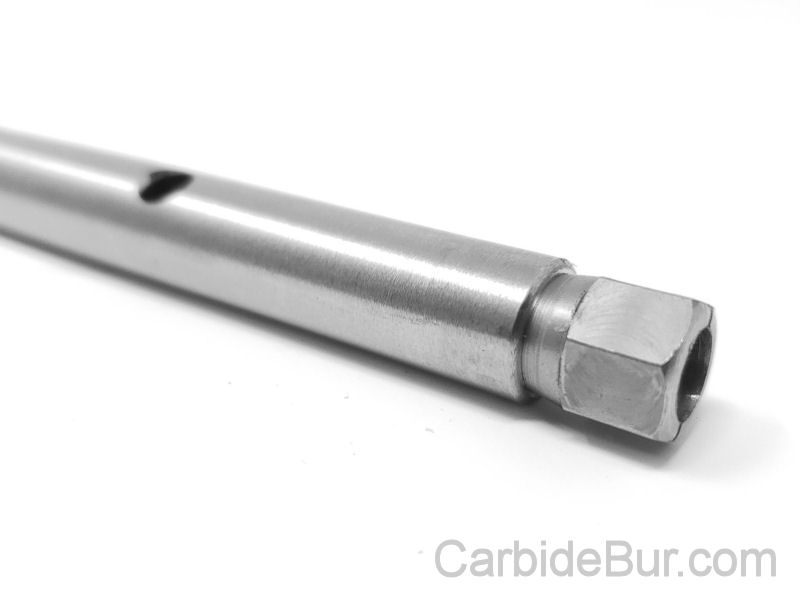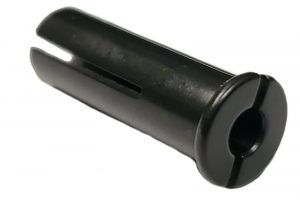Mastercard Credit Card Payments Accepted
Mastercard credit card payments, along with Visa, Discover, American Express and PayPal all accepted for our carbide bur die grinder tool bits. Here is some information about Mastercard you might find interesting below.
Mastercard Incorporated (stylized as MasterCard from 1979 to 2016 and mastercard from 2016) is an American multinational financial services corporation headquartered in the Mastercard International Global Headquarters in Purchase, New York, United States. The Global Operations Headquarters is located in O’Fallon, Missouri, United States, a municipality of St. Charles County, Missouri. Throughout the world, its principal business is to process payments between the banks of merchants and the card issuing banks or credit unions of the purchasers who use the “Mastercard” brand debit, credit and prepaid cards to make purchases. Mastercard Worldwide has been a publicly traded company since 2006. Prior to its initial public offering, Mastercard Worldwide was a cooperative owned by the more than 25,000 financial institutions that issue its branded cards.
Mastercard, originally known as “Interbank” from 1966 to 1969 and “Master Charge” from 1969 to 1979, was created by an alliance of several regional bankcard associations in response to the BankAmericard issued by Bank of America, which later became the Visa credit card issued by Visa Inc.
Mastercard History
Although BankAmericard’s debut in 1958 had been a notorious disaster, it began to turn a profit by May 1961. Bank of America deliberately kept this information secret and allowed then-widespread negative impressions to linger in order to ward off competition. This strategy was successful until 1966, when BankAmericard’s profitability had become far too big to hide. From 1960 to 1966, there were only 10 new credit cards introduced in the United States, but from 1966 to 1968, approximately 440 credit cards were introduced by banks large and small throughout the country. These newcomers promptly banded together into regional bankcard associations.
In 1966, several bankcard associations joined together to form the Interbank Card Association (ICA). The Interbank branding in 1966 initially consisted only of a small unobtrusive lowercase i inside a circle in the lower right hand corner of the front of each Interbank card; the rest of the card design was the prerogative of each issuing bank. This tiny logo proved to be entirely unsatisfactory for creating nationwide brand awareness in order to compete against the established leader, BankAmericard. In 1969, Interbank developed a new national brand, “Master Charge: The Interbank Card” by combining the two overlapping yellow and orange circles of the Western States Bankcard Association with the “Master Charge” name coined by the First National Bank of Louisville, Kentucky.
That same year, First National City Bank joined Interbank and merged its proprietary Everything Card with Master Charge.
In 1968, the ICA and Eurocard started a strategic alliance, which effectively allowed the ICA access to the European market, and for Eurocard to be accepted on the ICA network. The Access card system from the United Kingdom joined the ICA/Eurocard alliance in 1972.
In 1979, “Master Charge: The Interbank Card” was renamed “MasterCard”. In 1997, Mastercard took over the Access card; the Access brand was then retired.
In 2002, MasterCard International merged with Europay International, another large credit-card issuer association, of which Eurocard had become a part in 1992.
In mid-2006, MasterCard International changed its name to MasterCard Worldwide. This was to suggest a more global scale. In addition, the company introduced a new corporate logo adding a third circle to the two that had been used in the past (the familiar card logo, resembling a Venn diagram, remained unchanged). A new corporate tagline was introduced at the same time: “The Heart of Commerce”.
In August 2010, MasterCard expanded its e-commerce offering with the acquisition of DataCash, a UK-based payment processing and fraud/risk management provider.
In March 2012, MasterCard announced the expansion of its mobile contactless payments program, including markets across the Middle East.
In spring 2014, MasterCard acquired Australia’s leading rewards program manager company Pinpoint for an undisclosed amount.
Mastercard teamed with Apple in September 2014, to incorporate a new mobile wallet feature into Apple’s new iPhone models, enabling users to more readily use their Mastercard, and other credit cards.
In July 2016, Mastercard introduced their new rebranding, along with a new corporate logo. In addition, they changed their service name from “MasterCard” to “mastercard”.
In August 2017, Mastercard acquired Brighterion, a Delaware Corporation headquartered in San Francisco, California that provides a portfolio of artificial intelligence and machine learning technologies. Brighterion holds several patents.
Uses for Carbide Bur Cutting Tools:
Aluminum
Brass
Bronze
Carbon fiber
Cast iron
Ceramics
Copper
Fiberglass
Gold
Hard rubber
Plastic
Platinum
Silver
Steel
Stone
Titanium
Wood
Zinc
Burs (burrs) come in a variety of shapes and sizes, each of which can be used for different purposes:
Arch ball/pointed nose – engraving, texturing, increasing hole size
Ball – concave cuts, hollowing, shaping, carving. Useful for wood, stone, metal engraving.
Ball nose cone – rounding edges, surface finishing, tight spaces, and angles.
Carbide Ball nose cylinder- contour finishing
Ball nose tree (also known as tapered) – concave cuts and rounding edges
Cone – rounding edges, surface finishing, tight spaces, hard to reach areas.
Cylindrical – contour finishing and right-angled corners
Cylindrical end cut – contour finishing
Carbide Cylindrical no end cut – contour finishing
Flame – channel work and shaping
Inverted cone – v-cuts and rear-side chamfering
Oval – die grinding and engraving
Pointed tree – concave cuts, rounding edges, access to hard-to-reach areas, and acute angles.
Rounded tree – concave cuts and rounding edges
Need a longer reach?
Try our 4″ and 9″ extension tool for your carbide bur bits
Burs (burrs) also come in a variety of ranges, each of which has a specific benefit in their use:
Alloy-specific – heads have varying shapes used with certain metal alloys – used in the
aerospace/aviation industry
Base metal range – used for deburring on softer metals
Bolt remover range – used for the removal of broken studs
Foundry metal range – used for deburring on harder metals, stone, etc.
Inox range – specifically used with stainless steel
Locksmith range – used by locksmiths
Long shank range – general-purpose; long shafts useful for deeper, hard-to-reach areas
Miniature range – miniature heads useful for engraving and fine detail work
New geometry range – used for all general metal removal
Steel range – heads have specialized fluting to cut stainless steel
Universal range – general-purpose, best on metals such as copper, iron, nickel, and steel
Carbide burs (burrs) require a bit of special care to keep them performing optimally. To preserve the life
of your carbide burs (burrs), ensure your handpiece does not wobble. The speed of your rotary tool
should not exceed 35,000 RPMs, and speed should be gradually increased. Please note, however,
that higher speeds will prevent flute clogging inside the bur (burr). If you apply too much pressure to the
bur (burr), the edges may chip, resulting in premature dulling.
Choose Double or Single Cut Carbide Bur?
Used on ferrous and non ferrous metals, aluminium, soft steel and also for all non-metal materials such as stone, plastics, hard wood and ceramic. Double cut have more cutting edges and will remove material much faster. Double cut will leave a smoother finish than single cut due to producing smaller chips as they cut away the material. Use for medium-light stock removal, deburring, finishing and cleaning.
Designed for medium- light removal of material, deburring, fine finishing, cleaning, smooth finish, and creating small chips.
Usually used with stainless steel, hardened steel, copper, cast iron, and ferrous metals and will remove material quickly with a smooth finish. Use for heavy stock removal, milling, deburring and cleaning.
Designed for heavy removal of material, milling, deburring, cleaning, and creating long chips.
Try our 1/4” to 1/8” Collet Reducer
Allows you to use 1/8” shank carbide bits in your 1/4” die grinder
Uses for Carbide Bur Die Grinder Bits
Carbide burs are widely used in metalworking, tool making, engineering, model engineering, wood carving, jewelry making, welding, chamferring, casting, deburring, grinding, cylinder head porting and sculpting. Carbide burs can be used in the aerospace, automotive, dentistry, stone and metalsmith industries.
All our USA made carbide bur cutting tools ship SAME DAY ordered by USPS Mail with online tracking.
We can also dropship the carbide bur die grinder bits, if interested in joining our FREE dropship program.
We accept debit and all major credit card payments including Visa, MasterCard, Discover, American Express and PayPal. Fast and easy secure checkout with no account or login required. If you have any questions, visit our FAQ page or contact us here.

Follow us on Facebook, Twitter and Instagram
Return to CarbideBur.com
Carbide Burs – 1/4″ on 1/8″ Shanks – Accessories – Aluminum Cut – Bur Sets – End Mills – Long Shank – Solid Burs





